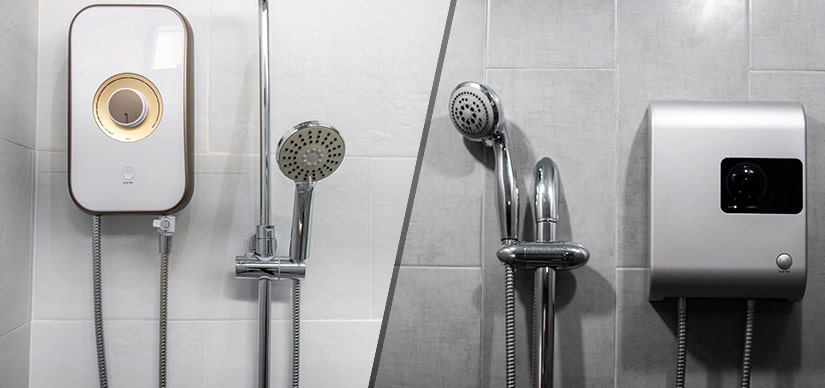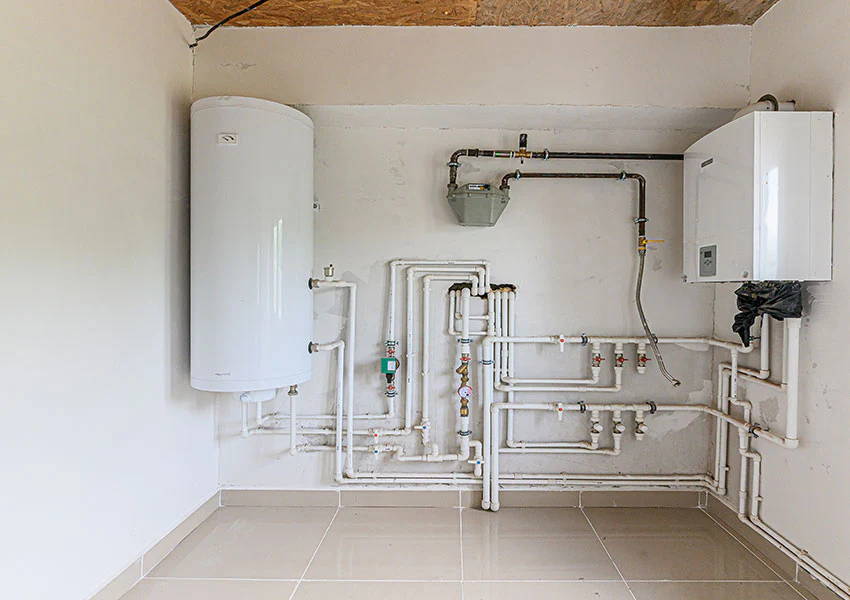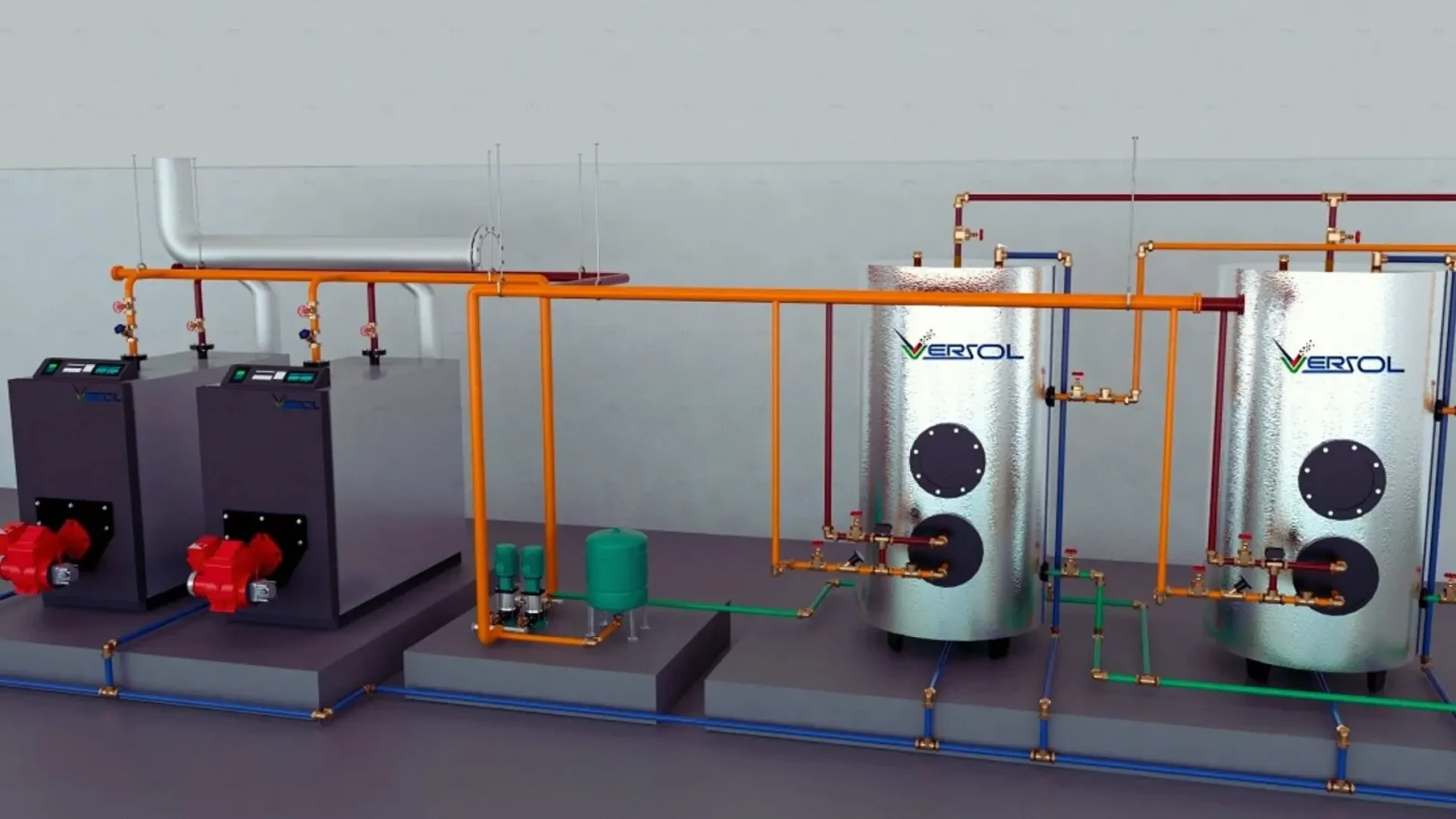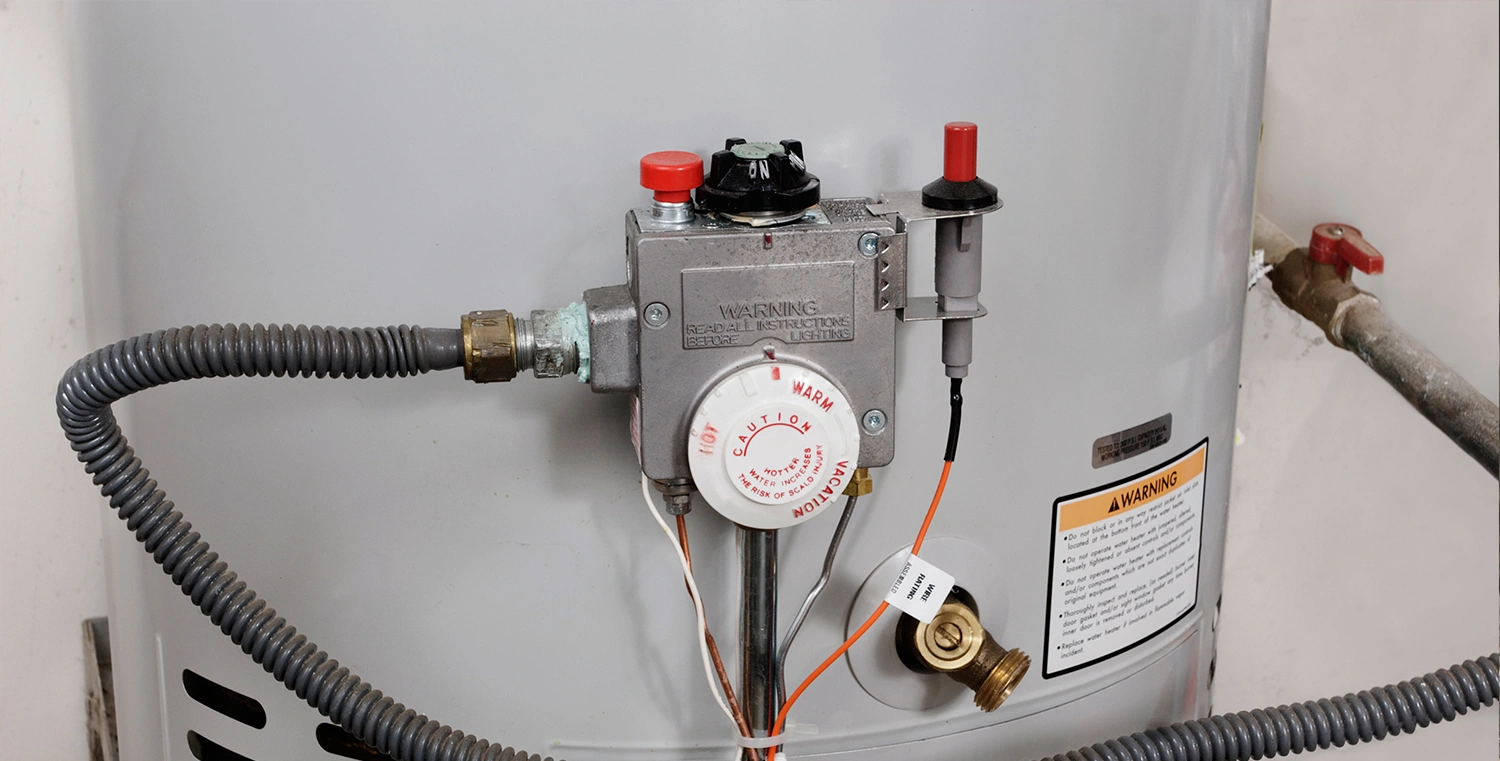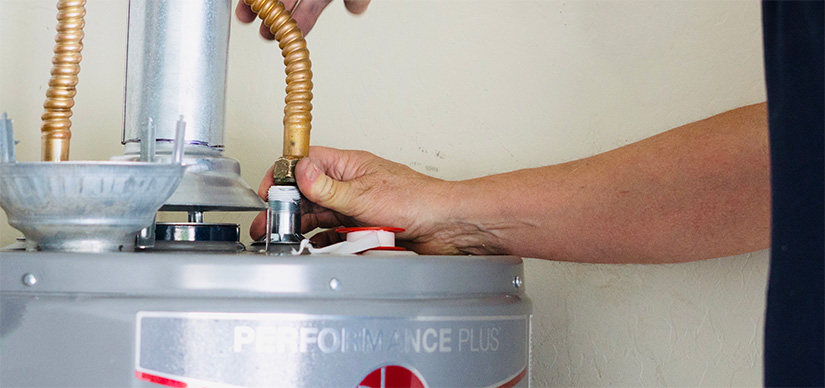Avoid These 5 Tankless Water Heater Mistakes to Prevent Damage
Are you considering installing a tankless water heater in San Diego? While this may be a smart investment, it is essential to adhere to the recommended usage procedures to guarantee the unit’s safe and efficient operation.
We’ll go over the common errors people make when using tankless water heaters in this article, along with advice on how to prevent them.
We’ll give you the knowledge you need to guarantee a secure and dependable hot water supply for your home, from filling the water tank before turning on the unit to safely fastening the heater and connecting it to the water pipe.
FIRST-TIME USE MISTAKE
During tankless water heater installation in San Diego, it’s important to follow proper usage guidelines to ensure that it operates safely and effectively. One common mistake that people make is turning on the water heater right away without first filling the tank.
This mistake may seem trivial, but it can actually be quite serious, especially if the water heater is an electric or gas-powered unit.
When the water tank is empty, the burning elements of the tank heater can overheat and become damaged, leading to expensive repairs or even the need for a replacement unit.
To avoid this problem, it’s important to always fill the water tank before turning on the water heater. This allows the tank to fill with water and ensures that the burning elements are properly submerged, preventing them from overheating and becoming damaged.
Another common mistake that people make when using a tankless water heater is failing to perform regular maintenance and inspections.
Over time, sediment and mineral buildup can accumulate inside the tank and on the heating elements, reducing the efficiency of the unit and potentially causing damage.
To avoid these issues, it’s important to flush the tank periodically to remove any sediment or mineral buildup and to inspect the unit regularly to ensure that it is operating correctly.
This will help to extend the life of the tankless water heater and ensure that it operates safely and effectively for many years to come.
FASTENING
It’s important to keep the possibility of earthquakes in the region in mind when installing a tankless water heater in San Diego.
When installed improperly, water heaters are vulnerable to significant damage from earthquakes, which can be costly to repair or replace and even dangerous to use.
To ensure that your tankless water heater is securely fastened and can withstand seismic activity, it’s important to follow the manufacturer’s guidelines for installation and use earthquake straps or brackets to secure the unit in place.
These straps or brackets should be attached to both the wall and the water heater to provide maximum stability.
It’s important to regularly inspect the straps or brackets to ensure that they remain tight and secure over time. If you notice any signs of wear or damage, such as frayed straps or loose brackets, it’s important to replace them promptly to maintain the integrity of the installation.
CONNECTOR MISTAKE
It’s crucial to pay attention to the way you connect a tankless water heater to the water pipe. Soldering things together is a standard procedure, but it can be dangerous if done incorrectly.
One of the most common mistakes people make is soldering the pipe too close to the water heater tank. This can cause the heat from the solder to melt the plastic layer inside the tank, leading to leaks and other issues.
To avoid this problem, it’s important to remove the pipe and solder it away from the tank, ensuring that the heat doesn’t damage the tank in any way.
Another mistake that people often make is not cleaning the pipe and fittings thoroughly before soldering them. Any debris or dirt on the pipe can interfere with the soldering process, resulting in a weak connection that can fail over time.
It’s important to clean the pipe and fittings thoroughly using a wire brush or sandpaper to ensure a strong, secure connection.
Using too much solder is another common mistake that can damage the water heater tank. Excessive solder can create bulges or bumps in the pipe, which can put pressure on the tank and cause it to crack or leak.
It’s important to use just enough solder to create a secure, leak-free connection without adding too much.
Finally, it’s essential to use the correct type of solder for the job. There are many different types of solder available, and not all of them are suitable for use with water heaters.
It’s important to use a high-quality, lead-free solder that is specifically designed for use with plumbing systems to ensure a safe and reliable connection.
LEAK TEMPERATURE AND SAFETY VALVE
The temperature and safety relief valves must be installed properly when installing a tankless water heater in San Diego. This valve can be a safety hazard if it leaks hot water, but it is necessary for maintaining safe operating pressures and temperatures inside the appliance.
The relief valve needs to be attached to a watertight pipe that extends at least 15 cm underground in order to avoid this issue. They run the risk of scalding if the valve leaks hot water, which is unfortunate because many people either fail to install this pipe or do so incorrectly.
Lack of hot water is another issue that tankless water heater users frequently experience. A malfunctioning energy source (gas or electricity), a broken heating element, or a problem with the thermostat are just a few possible causes for this.
Finding out whether you have a gas or electric water heater is crucial before you can properly troubleshoot the issue and diagnose it.
For example, if you have a gas water heater, the problem may be related to the pilot light or gas supply, while an electric water heater may have a faulty heating element or thermostat.
It’s important to take into account outside variables that may have an impact on your water heater’s performance, such as variations in the outside temperature.
It might be necessary to turn the temperature dial a little higher to ensure that you have a steady supply of hot water during colder months because the water heater will have to work harder to heat incoming water.
DIELECTRIC CONNECTION
Pay close attention to the type of connector material used and make sure that the proper dielectric connections are made when installing a tankless water heater in San Diego.
This is especially important if your home’s plumbing system includes copper pipes and the connectors on your water heater are made of copper or brass.
When copper and other metals come into contact, they can create an electrical current that can cause corrosion and damage to the pipes over time. This can lead to leaks, reduced water pressure, and other plumbing problems.
To prevent this, dielectric connections should be used to create a barrier between the copper or brass connectors and the copper pipes.
These connections are typically made using plastic or rubber sleeves or washers, which help to insulate the two materials from each other.
You can lessen corrosion and increase the lifespan of your plumbing system by using dielectric connections when installing your tankless water heater in San Diego.
It’s also important to have regular plumbing inspection from expert plumbers in San Diego for your pipes and connections for signs of corrosion or damage and to address any issues promptly to prevent further damage.
CONCLUSION
Proper installation and usage of a tankless water heater in San Diego are crucial to ensuring its safety and longevity.
Avoiding common mistakes such as turning on the water heater without first filling the tank, performing regular maintenance and inspections, and securely fastening the unit to withstand seismic activity is essential.
Additionally, proper connector usage and installation of the temperature and safety relief valve are critical for the safe and reliable operation of the water heater.
By following these tips, homeowners in San Diego can enjoy the benefits of a tankless water heater for many years to come.


